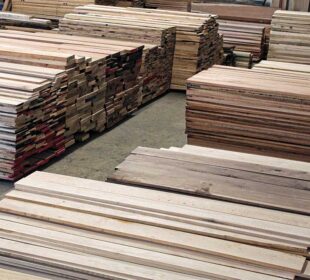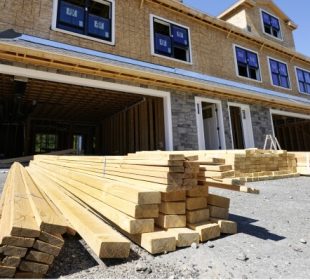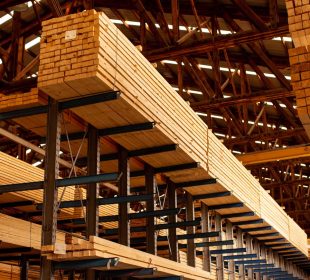Housing starts fell 9% in September to a seasonally adjusted annual rate of 1.05 million units, according to the US Department of Housing and Urban Development and the Commerce Department. The decline was due to significantly lower multi-family housing construction in September (-38%).
The National Association of Home Builders expects lower multi-family construction this year.
Single-family home construction increased 8.1% in September. The number of single-family starts was the highest since February.
Single-family home builders were optimistic about market conditions in October, according to the National Home Builder Association. Low mortgage rates support demand for new and existing single-family houses.
The number of building permits issues, which indicates future building activity, rose 6.3% in September at a seasonally adjusted annual rate.
Sales of existing homes sales rebounded strongly in September, according to the National Association of Realtors. Sales to first-time buyers accounted for 34% of total sales, which is the highest level in over four years.
Canadian housing market overheated
Housing starts in Canada increased 20% in September at a seasonally adjusted annual rate. Both multi-family and single-family construction grew.
For the first time the Canada Housing and Mortgage Corporation flagged the overall housing market as overvalued. The federal agency found price overvaluation in nine metropolitan areas and overbuilding in seven.
Overvaluation in metropolitan centres like Toronto and Vancouver has spread to the suburbs.
The latest initiative by the federal government to cool the housing market is a stress test for all insured mortgage borrowers with a down payment of less 20%. Introduced in October, the test determines whether a borrower could afford to pay back a loan at a rate higher than currently offered by lenders. Both the IMF and OECD have called on Canada to act on its high household debt relative to GDP, which is a concern for the country’s financial stability.
















